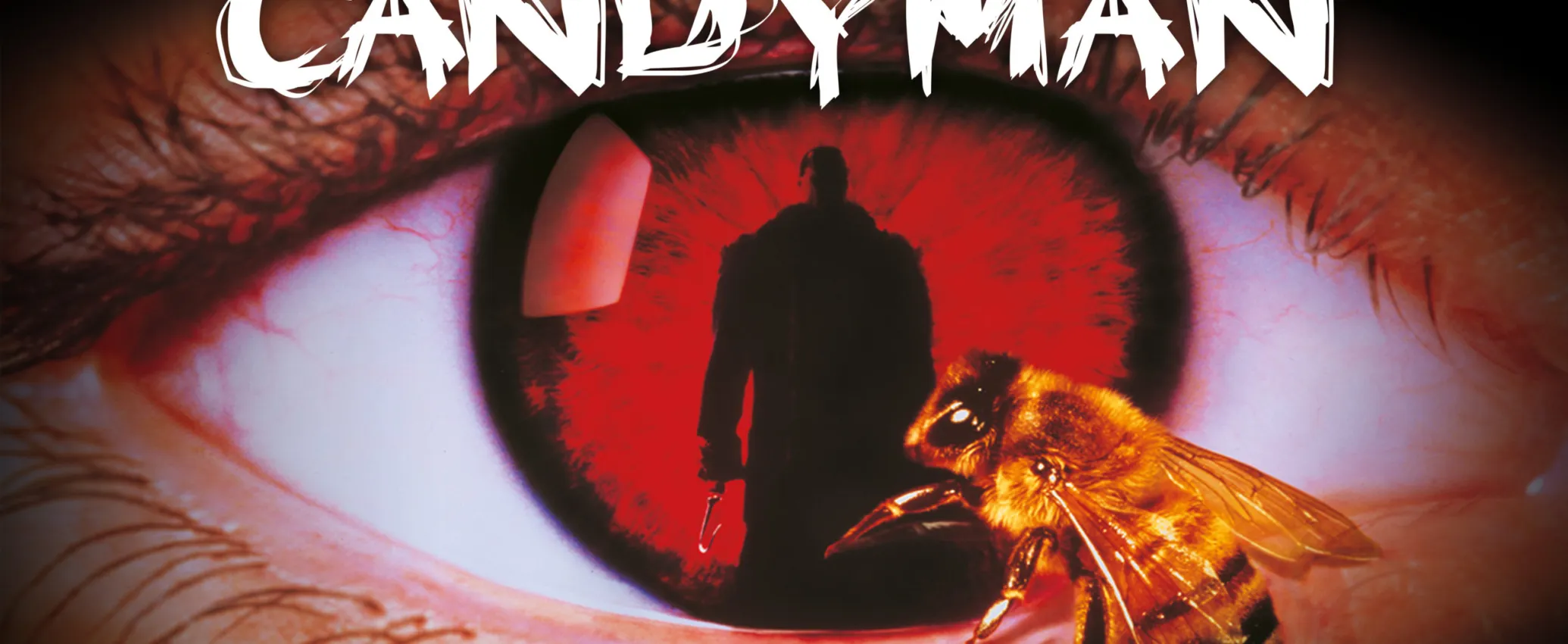Although many moviegoers are likely still riding the high that is being able to see our favorite web-crawler in the Marvel Cinematic Universe, whether it be his most recent showing in Avengers: Infinity War or awaiting Spider-Man: Far From Home, however, with that said, Spider-Man: Into the Spider-Verse is a film worth seeing for all true believers, as well as fans of animation alike. Even if it may not be blowing up the box-office the same way as its live-action counterpart, a better way to look at the film is to compare it with the rest of the Sony Pictures Animation catalog, which includes the highly successful Hotel Transylvania and Smurf franchises. Say what you will about those films, Hotel Transylvania has managed to improve on itself with each installment, starting out with a 358 million worldwide gross for its first film, and surpassing half a billion-dollars in its third. A 350 million worldwide total appears to be in reach for Spider-Man: Into the Spider-Verse, and with that, I have no doubt we’ll be seeing more animated superhero fare in the near future. This also builds credibility for the Sony Pictures Animation, which hasn’t had a truly well-received film since Arthur Christmas, usually appealing strictly to a young-audience and adhering to a very conventional formula. Critics have raved about Spider-Man: Into the Spider-Verse, I’ve even heard some refer to it as the best Spider-Man film ever made. Is this an example of overzealous enthusiasm (which isn’t a bad thing!), for instance, I heard the same thing about Spider-Man: Homecoming, and while it was a fun film, I didn’t think it was better than the first couple of Sam Raimi films, or is Spider-Man: Into the Spider-Verse truly up to snuff?
Spider-Man: Into the Spider-Verse is a 2018 computer-animated superhero film following Miles Morales, a young-boy in New York City that finds himself bit by a radioactive spider and given superpowers. The kicker here, however, is that he is one of many different Spider-Men, and together, they team up to thwart the dastardly deeds of Kingpin. If that summary oozed bombastic comic-book vibrancy, then the film will as well. Directed by Bob Persichetti, Peter Ramsey, and Rodney Rothman from a screenplay by Phil Lord and Rothman respectively, the film’s animation fully embraces the comic-book aesthetic and the heritage of the character.
In the early-days of the superhero genre, it was customary for the films to try and pay homage to their comic-book counterparts, whether it be the original Spider-Man Trilogy, or, for instance, Ang Lee’s Hulk. Although certain films ended up regarded as classics, I think it can be argued they never implemented their source-material’s visual-appeal as seamlessly as accomplished in this film. Although the film has a budget on the lighter side of animation affair, it has enough creativity and pzazz to showcase its own unique identity, embracing a frenetic and even striking look that adds a lot to the overall film. Granted, I will admit that background characters and certain scenery might potentially be dizzying to some viewers, a comparison I made at the theater is that some of the background animation reminded me of watching a 3-D film without the glasses on. I read after the fact the directors held the believe that seeing the film in 3-D was imperative to the viewing experience, but I didn’t get the memo.
The story-line is fun and filled with humor, referencing Sam Raimi’s Trilogy, and showing us an array of different characters, like Noir Spider-Man or Spider Gwen. Shameik Moore brings Miles Morales to life as a likable lead, walking the fine-line between mimicking the classic Peter Parker tropes and adding an extra flavor to it, meanwhile, Jake Johnson does well as the worn-down Spider-Man we all know. Kingpin doesn’t do anything very noteworthy, more-or-less acting as a thread in the film’s conflict that’s punchable, but the dynamic of the alternative universes’ is enough to carry the story alone.
I think film critics and moviegoers alike oftentimes have the ability to be overzealous with their acclaim. For the most part, I appreciate this. I appreciate it and think it’s wonderful when anyone finds something to be passionate about and, more importantly, positive about. That’s why I wouldn’t say Spider-Man: Into the Spider-Verse is overrated or that those individuals are wrong about the film. I simply think my recommendation for those heading into this film is that they should expect a fun and zany film, and not, perhaps, the best Spider-Man film ever brought to film. Although this film is brimming with charm and loveable characters, and although this film has sentiment and heart to spare, I don’t think it carries nearly the narrative, dramatic or cinematic merit of the character at its height. This film is more comparable, not only because it’s an animated film, but in thematic tone to Big Hero 6 than a live-action counterpart.
Although the twists and turns are familiar tropes and nothing you wouldn’t expect (like Big Hero 6), Spider-Man: Into the Spider-Verse consistently keeps you entertained and oblivious to its faults, amounting to a fun culmination to any comic-book fan’s movie-night.





